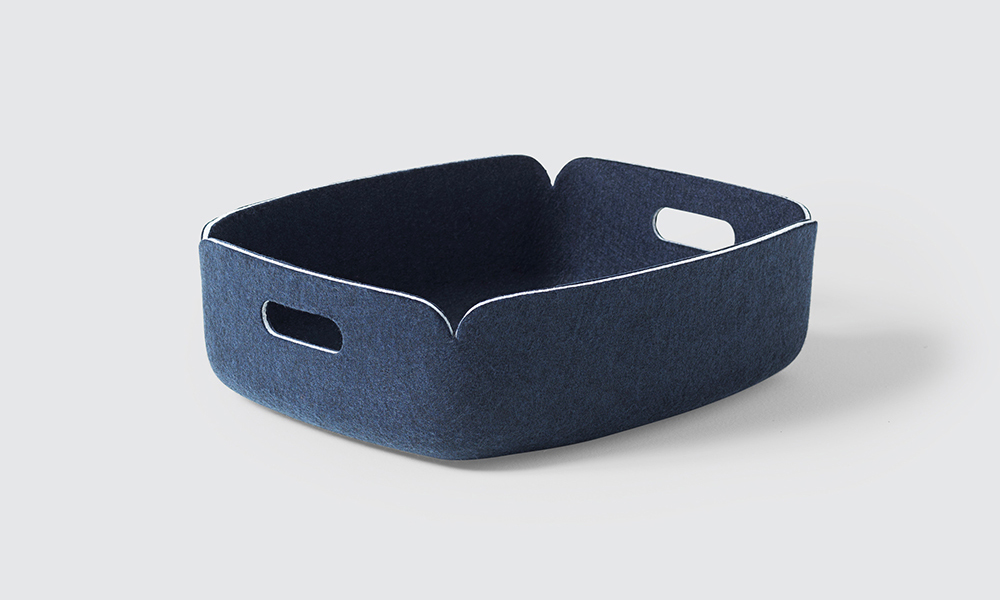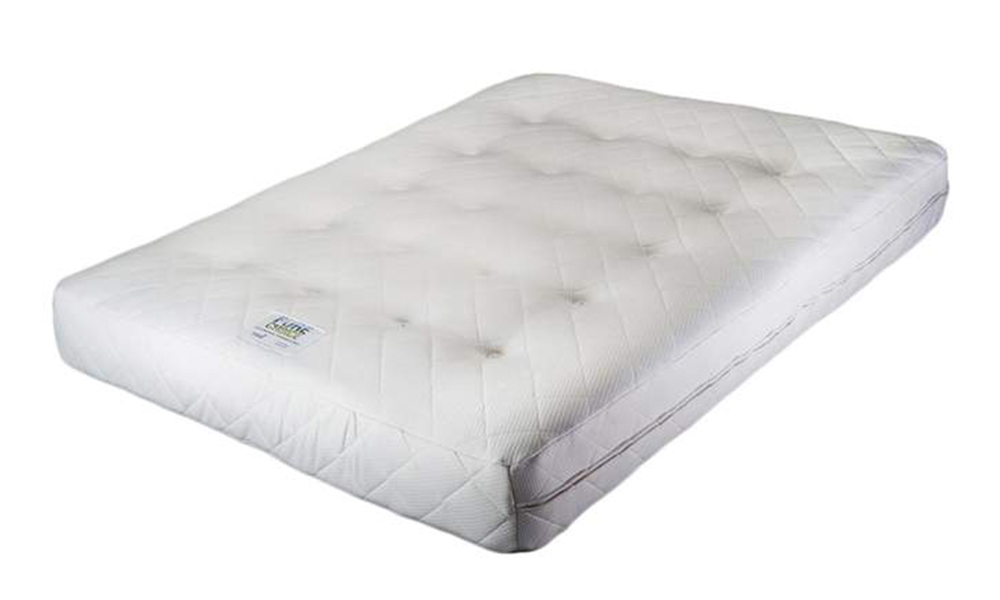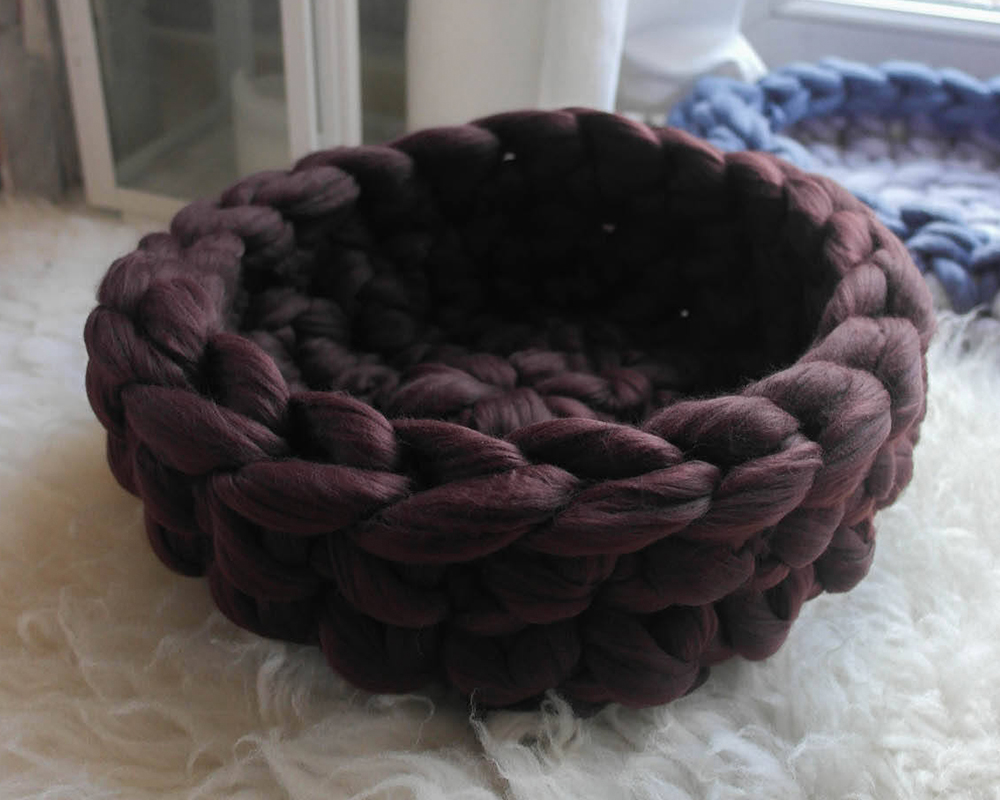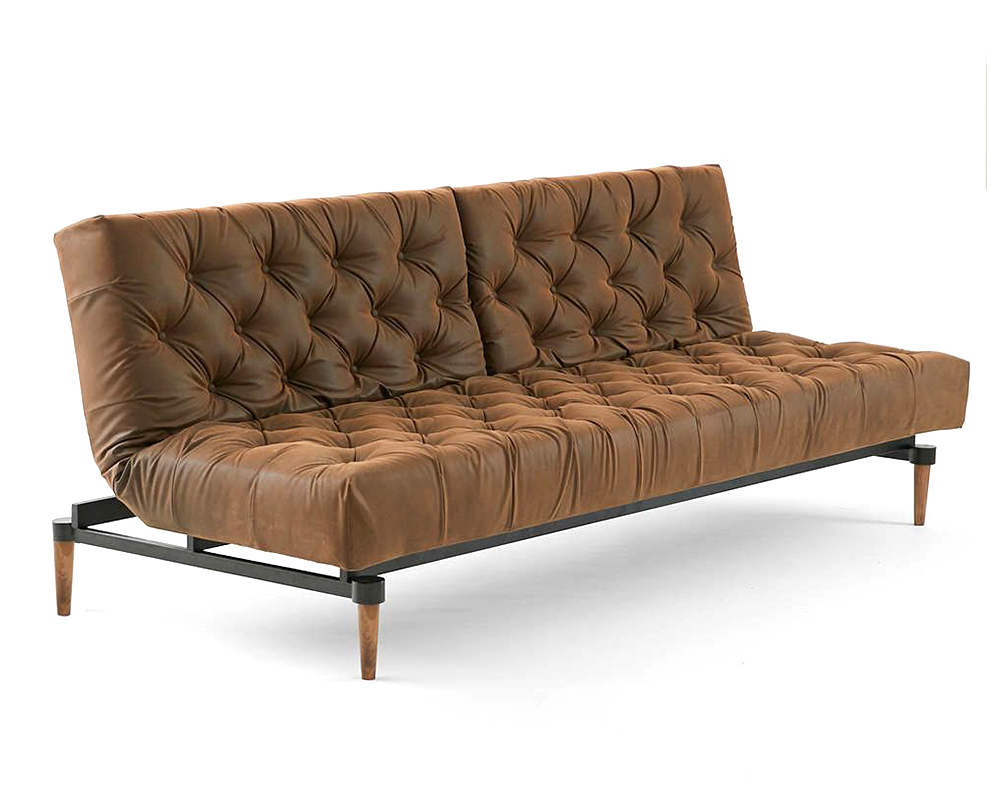5 tips to veganise your home
What happens if you’re firm in the belief that you don’t want to use animal products to decorate your home? Do you know where to start?
The best and most sustainable way to incorporate your vegan lifestyle is to replace items a little bit at a time, aiming to replace furniture with cruelty-free alternatives when you’re tackling each room in your house.
1. Declutter
Use the process of decluttering to let go of non-vegan items you no longer use. Don’t feel guilty about your previous purchases or your personal treasures that were gifted to you yet have high sentimental value. Go through your possessions, sorting them into piles to keep or giveaway. Then dispose of what you don’t want accordingly. You can gift to family and friends who don’t share the same ethical standpoints as yourself. Alternatively you could give away homeware on platforms such as Freecycle, donate to charities or sell the on eBay to divert them from being dumped in landfill.

Muuto Restore Storage Basket. Made to appear and feel like wool felt but in actual fact is made from recycled plastic bottles.
2. Decide what your design style is
By nailing down what you truly like as well as what styles suit the rooms in your home, you save money, time, and help save the environment. When your firm in your idea of what your design style is you can create space that outlasts trends and is truly comfortable to live in.
3. Exceptions to the rule
Whilst you’re defining what your design is, also think about where you draw the cruelty-free line. You may be uncomfortable using any sort of new leather but ok using wool from local sources that take good care of their herd. As perhaps you’re okay with using recycled materials such as silks. Or maybe you are comfortable with elements of animal products on antique furniture.
3. Plan for the long term
You’ve defined your personal style and know where you draw the line in terms of how much you’d like to veganise your home, now you can plan for the term. Buy vegan furniture and accessories that can stand the test of time. It is worth making a sound long investment on larger purchases, like sofas, that cannot be as easily swapped out like you can with accessories.

Cottonsafe Natural Mattress Vegan Choice: From £519 by Turnbull. A vegan mattress made without any toxic chemicals and stitched with flax thread rather than glue which often contains animal products.
4. Source from ethical retailers
Unlike the ingredients listed on the back of your groceries, furniture doesn’t come supplied with an extensive list of contents. It’s generally easier to identify what goes into your foodstuffs, especially as there are labelling systems in place to differentiate between vegan, vegetarian or meat/dairy friendly. However, this level of transparency doesn’t exist in a clear format for interiors.
Yet furniture is constructed from multiple materials from many parts of the world and each element has finishes or coatings applied prior to the making of the final product. Take the humble upholstered dining chair for example.
So what are your dining chairs made of?
After researching online, you go to the store to test out dining chairs for comfort. That’s something the age of the internet cannot offer you. The aim is to purchase a set of chairs that will suit your dining table. With a fair idea in your mind, you’re set on buying solid wood chairs which would the most practical for your needs and will last a relatively long time.
The description online the timber is FSC certified and was sealed with varnished. The store assistant can even fill you in with more details about the chairs including its spring and foam padding that lies underneath the velvet upholstery. All very cosy.
What’s missing, however, is the additional information about the fibre content of the velvet, or what chemical finishes and flame retardants were used, or whether glue adheres the wood joints. Glues and chemical finishes/flame retardants can contain animal products in some way of the other, how will you find out either way?

Chunky pet bed made from unspun acrylic yarn as an alternative to wool
Is it cotton? Or perhaps a cotton blend? Does it contain silk? Or is the velvet made of wool? Even if you know the questions to ask the assistance, the information might not be available to them straight away and so you come away from the store either with your questions unanswered and without a purchase, or accept that you can only rely on the aesthetics and ignore your ethical standing.
5. Consult an expert
If you’re thinking all this is too much to think about, I understand the overwhelm. Not understanding information is one of the reasons we go back to buying from a place of familiarity.
An option could be to turn to a designer specialising in vegan design, as there is a growing number of designers, worldwide, offering the option.
As it is their specialism, they take responsibility for the options that are presented to their clients and understand your specific needs to work with compassionate manufacturers offering cruelty-free options within their collections. The right questions can be asked on your behalf to save you time and effort of researching. This will take much of the pressure off you and it offers you greater assurance that your ethical criteria are met.

Vegan Leather Chesterfield Sleeper Sofa from Urban Outfitters.